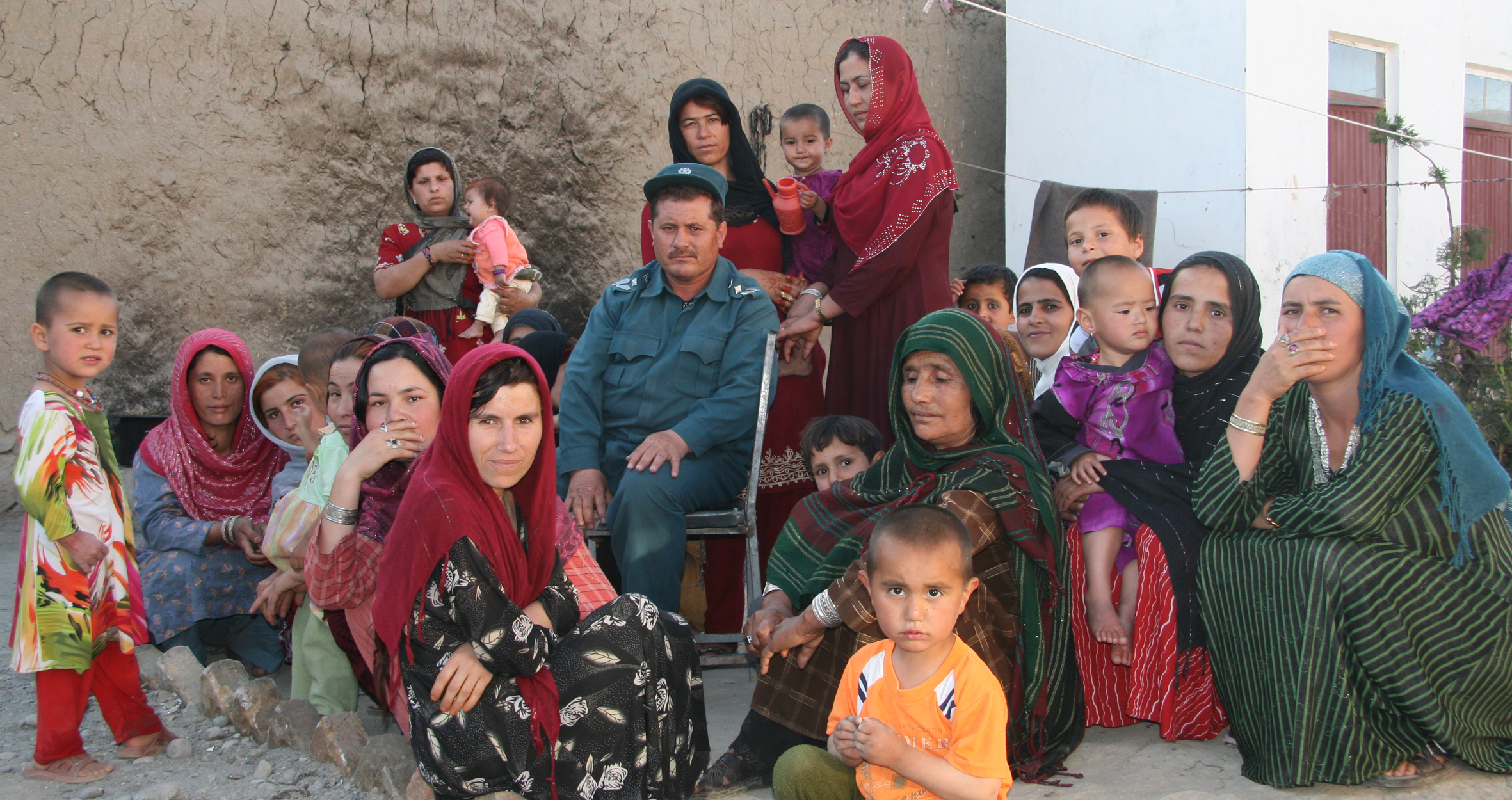With unprecedented access inside Takhar Prison in Afghanistan, filmmaker Nima Sarvestani takes us on a compelling journey in his documentary No Burqas Behind Bars.
“I was most impressed by the women prisoners who risked their lives for their rights. It is a most dangerous act to flee from home as woman in Afghanistan,” says Sarvestani. The film centers around the lives of 40 women serving time for moral crimes, which can include sentences of up to 15 years for leaving an abusive husband or refusing to consent to arranged marriages.
The film is screening is part of the DOXA documentary film festival and is being presented by Bonding Through Bars, an international roundtable aimed at protecting the health and bond if incarcerated mothers and their children.
There will be a forum discussion after the film and one of the speakers is Eva Sajoo from Simon Fraser University’s Centre for the Comparative Study of Muslim Societies and Cultures. After seeing the film and contextualizing it by highlighted the fact that it takes place a decade after the Taliban lost political power in Afghanistan, Sajoo comments that “the law that actually governs women is an unwritten one, and its enforcers are everywhere. They are the men of the family a girl is born into, and the men of the family she is married into. They are also judges, police officers, and neighbors, who see any attempt by a woman to flee her family as a crime to be punished by death, imprisonment, or both.”
Sajoo goes on to explain, “Watching this film may give viewers the impression that nothing has changed in Afghanistan for women. Its real significance is in showing how patriarchal tribal codes trump legal reforms.”
“In 2003, Afghanistan ratified the Convention on the Elimination of All forms of Discrimination Against Women (CEDAW). In 2009, it passed a law criminalizing all forms of violence against women, including child marriage, and the trading of women to settle disputes. Article 22 of the 2004 Constitution states that women and men ‘have equal rights and duties before the law.’ Running away from home is not officially a crime in Afghanistan — though it is punished as one.”
Sajoo comments further explaining that “the stark ‘honour’ code, known in Afghanistan as Pashtunwali, has more authority in large parts of the country than either the official laws of the country, or the inconvenient ethical requirements of its official religion. Both are used and abused in the service of maintaining the patriarchal status quo.”
Sarvestani got the idea for the film when he began to follow the story of women trying to access shelters (of which there are only 14 in the country) and he was moved by the harsh circumstances they face, he explains that “despite the Taliban’s fall and despite the international impact in Afghanistan, it is still a country where there is lots of oppression for women. I did this film because I found that the judicial system is wrong for women in Afghanistan and I hope this film helps to change the law that condemns women for moral crimes when they try to save their lives by fleeing violence or a forced marriage.”
Inside the prison walls themselves, we discover though provoking narratives as husbands speak openly about abusing their wives and the women in prison form a new community together and do their best to raise their children, many of whom are incarcerated with them because they had nowhere else to go. The storyline of Nadjibeh is particularly striking, when she as one of the youngest prisoners fights to keep her new born son, a struggle that ends tragically.
Children are often the silenced under the stigma and discrimination that can come from having an incarcerated mother. This film offers them voice merely by capturing their existence against the backdrop of their mother’s situation. Inside the prison, the children pass notes back and forth between the male and female prisons and their innocence is seen as they are searched by guards before gaining entrance for visitation.
Sarvestani’s incredible access for the filming did not come without challenges. “I have worked with other projects in Afghanistan but none of them were as risky as this project because of the prison’s location just an hour and a half from Ghondoz city where Taliban had a lot of power,” recalls Sarvestani.
“There were 35 Taliban members in men’s section and because of this the prison was always a target for the Taliban. It was not easy to work under those circumstances. Two of the Afghan people who had worked with our project died after a suicide attack. Also the secretary of the mayor, a young man who granted our access, died two weeks later, when a suicide attack happened in the common building and one of the head officers in Takhar who also helped us, died as well.”
The result of Sarvestani’s commitment to making the film despite the challenging conditions is an eye opening look at what goes on behind bars in Afghanistan and a humbling reminder about the consequences of incarcerating mothers and the impact it has on their children.
Sarvestani is quick to express why making this film was so important to him, “Women in Afghanistan are seen as faceless, they are covered by Burqas. They can neither talk nor express themselves in society. With this film I have tried to show a side of Afghan women which is never shown by the media. I don’t just represent the stereo type of the Afghan women who is passive and powerless. I have tried also to show their resilient power as they fight for their rights.”
No Burqas Behind Bars is showing Friday May 10th, 2013 at 6pm at Vancity Theatre, 1181 Seymour Street, Vancouver.
Samantha Sarra is a journalist and activist and one of the co-principal investigators for Bonding Through Bars.




